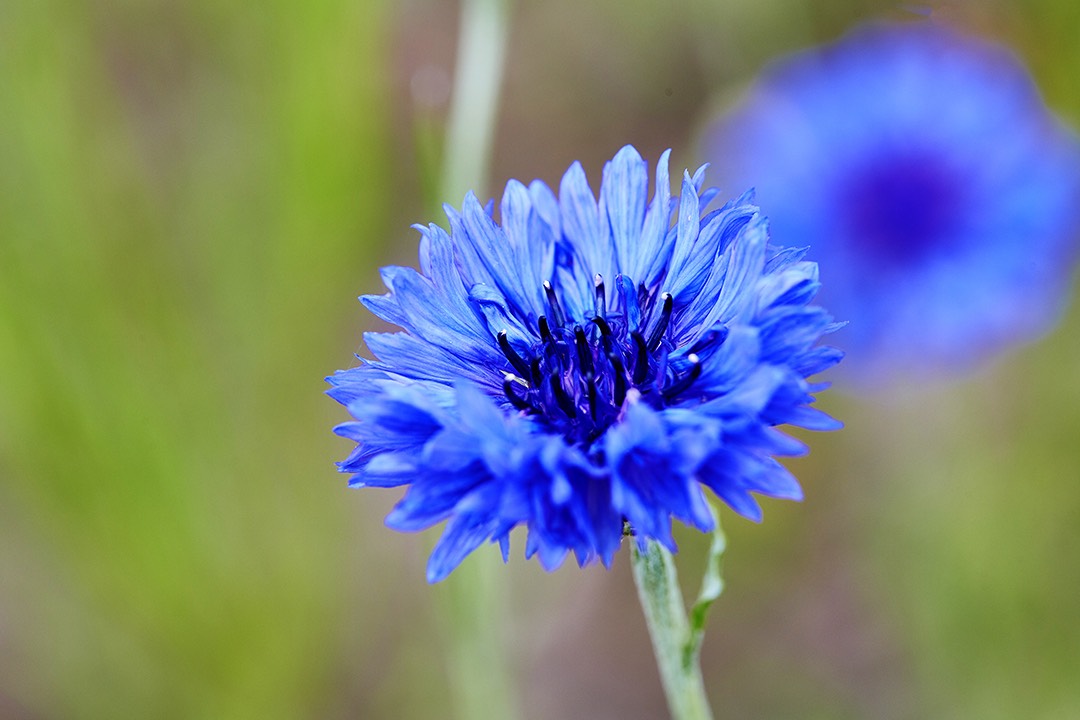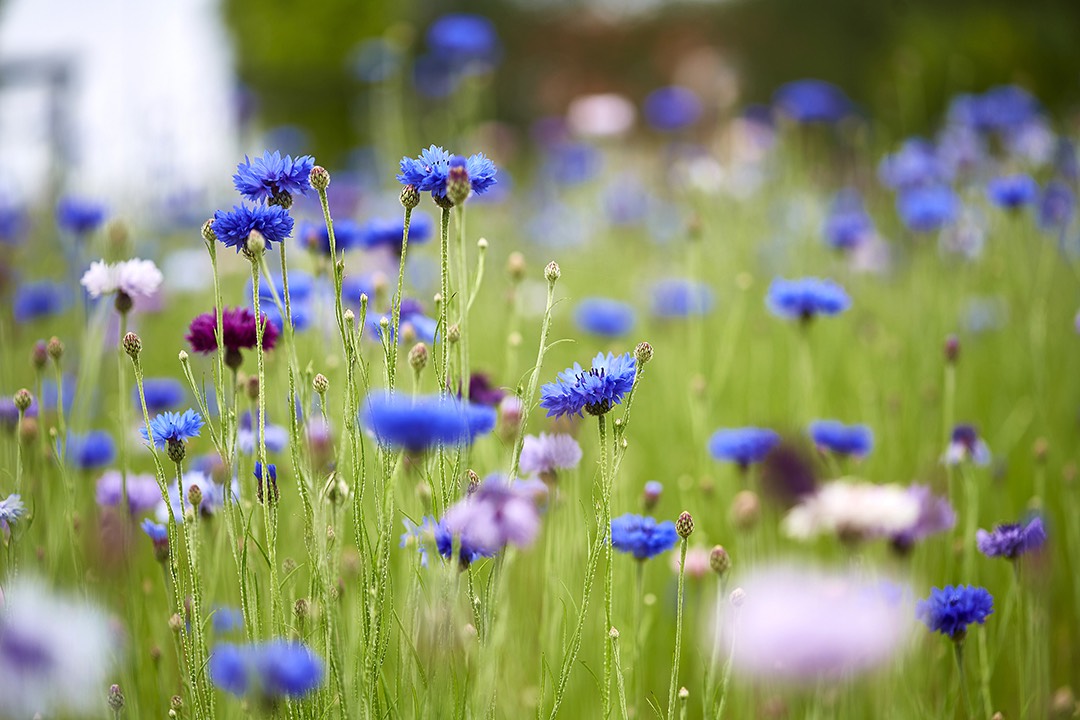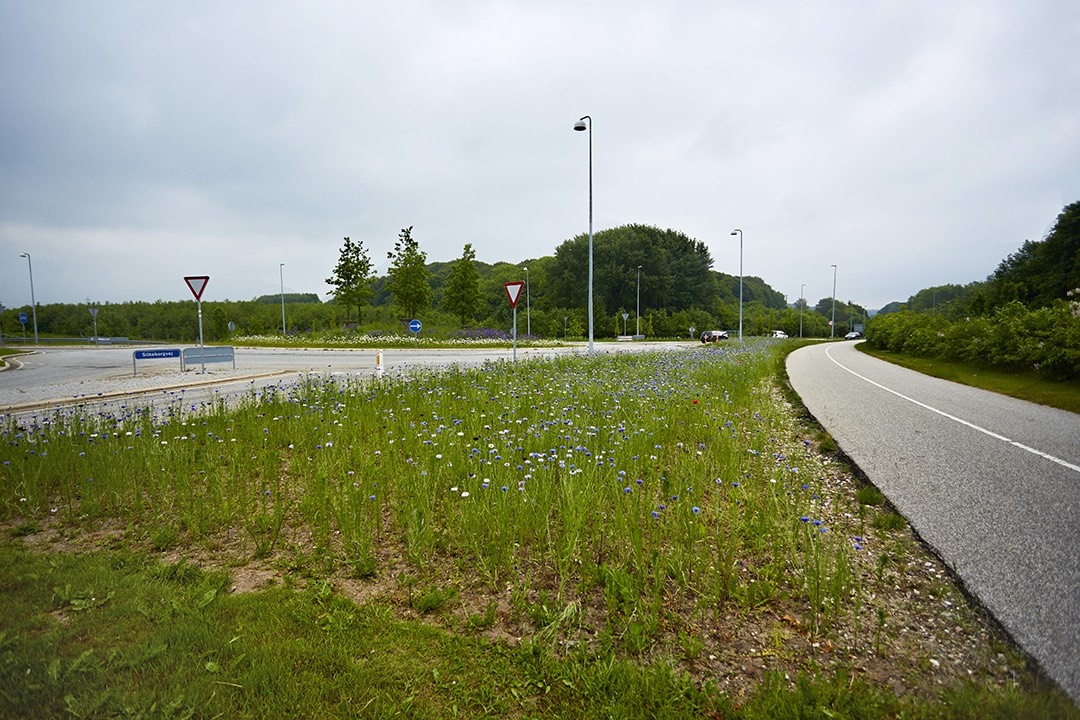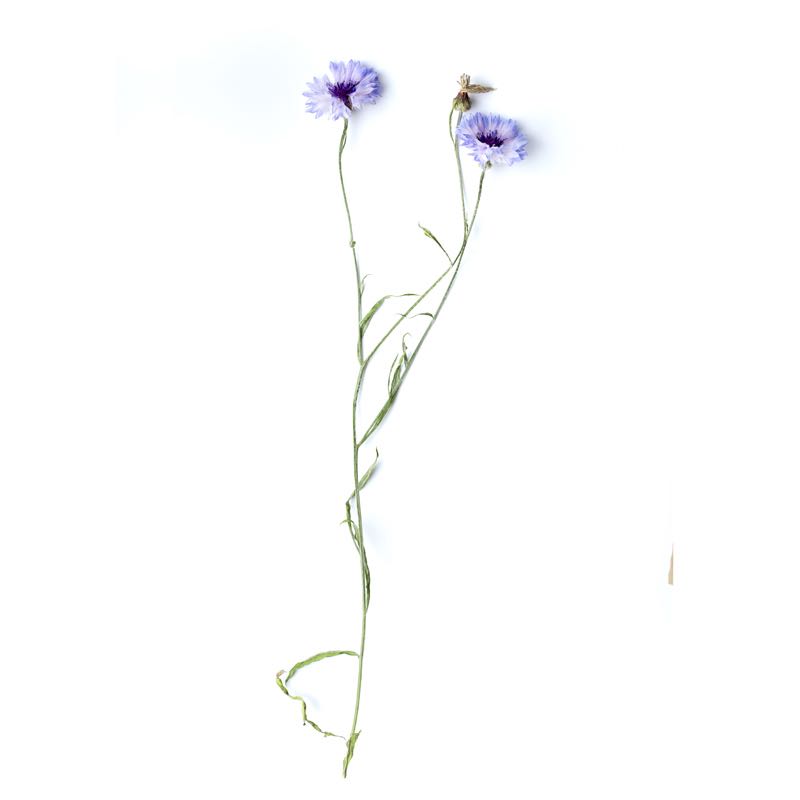



Cornflower
Once considered an unwelcome weed, cornflower is now a popular edible summer flower. Herbicides wiped out a good many cornflowers from the Danish landscape, but with the spread of more environmentally friendly methods of farming, wild cornflowers are making a comeback.
-
Where to Find It
Cornflowers fare well in and around cornfields that aren't sprayed with chemicals, and along roads near farmland. They often mingle with poppies and chamomile, and together create a pretty quilt of green, blue, red, and cream. Cultivated cornflowers come in white, pink, dark red, and purple varieties, but in the wild the blue cornflower is the most common.
Grasslands.
-
When to Find It
Cornflowers blossom between July and September.
Flowers: July, August, September.
Risk of misidentifying the plant
There is no risk of mistaking the plant for another dangerous or undesirable plant.

